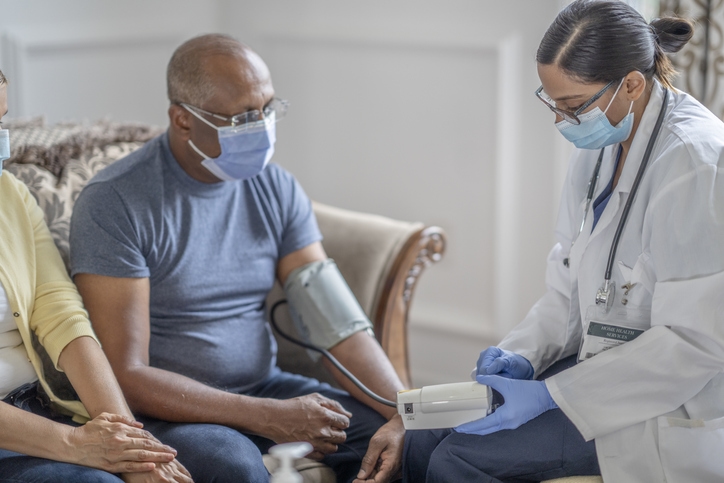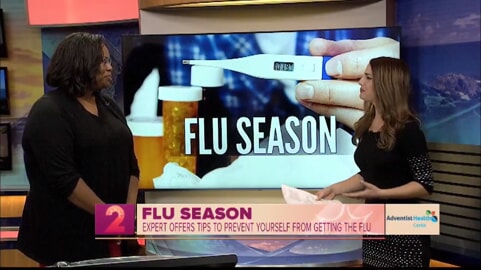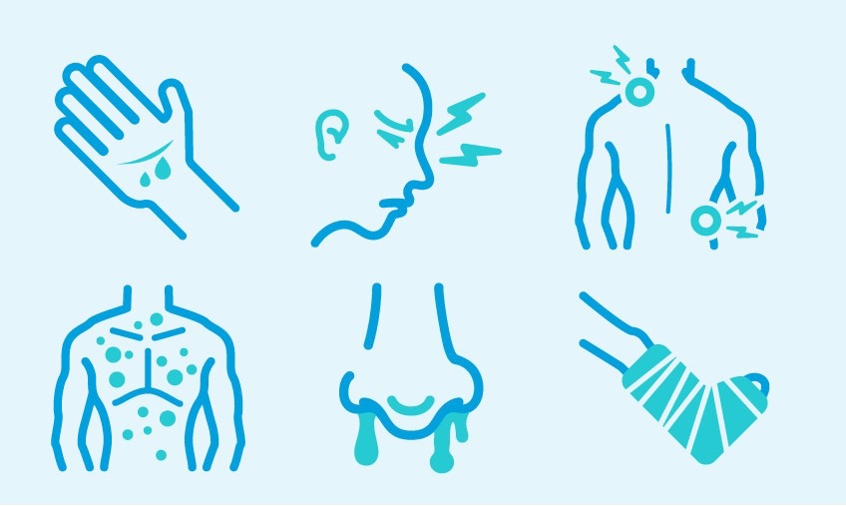BE FAST in Identifying and Preventing a Stroke
Apr 28, 2021

Do you know the signs of a stroke? The reality is that roughly every 40 seconds, someone in the U.S. has a stroke, affecting nearly 800,000 Americans and killing 140,000 every year,according to the CDC.
May is American Stroke Awareness Month, making now the ideal time to learn more about strokes, including how to identify one and how to help prevent one from occurring in the first place. A blockage of oxygen and blood supply in the brain, strokes often occur as a result of chronic health conditions (like an arrhythmia or heart disorders), poor health choices (like smoking, unhealthy diet and inactivity) or due to environmental factors or genetics. Those over 65 years of age are most commonly affected, but a stroke can happen at any age.In fact,more than fourth of sufferers are under the age of 65.
Just like cardiac arrest, every second matters when it comes to stroke. Learning how to spot one is critical and some experts agree that it’s a skill as important as CPR.
The here is a simple acronym, BE FAST, to help recognize stroke symptoms quickly:
- BALANCE LOST: Sudden loss of balance or coordination.
- EYES BLUR: Sudden trouble seeing or blurred vision in one or both eyes.
- FACE: Ask the person to smile. Does one side of the face droop?
- ARMS: Ask the person to raise both arms. Does one arm drift downward?
- SPEECH: Ask the person to repeat a simple phrase. Is their speech slurred or strange?
- TIME: If you observe any of these signs, call 9-1-1 immediately.

Take a moment to familiarize yourself with BE FAST, and also think about what types of lifestyle changes you can make to reduce your family’s chances of stroke. Here are a few healthy tips to get you started:
- Manage your blood pressure(and no, taking an occasional reading at the pharmacy isn’t enough). Keeping your numbers in the healthy range is among the most significant factors in reducing stroke risk. If yours is elevated, be sure it’s treated and monitored regularly by a doctor.
- Be sure to include foodsrich in potassium, like sweet potatoes, raisins and bananas. These types of foods may help reduce stroke risk by 20 percentaccording to reports. Try to follow a healthy diet overall, filled with plenty of fresh fruits and vegetables, one serving of fish a few times a week and whole grains. Try to reduce the salt in your diet to half a teaspoon or less per day too.
- Get more exercise. Whether it’s a jog around the block or a lap around the pool, staying active for at least 30 minutes a day, five days a week is an important factor in lowering your risk. In fact,according to a study, simply walking a total of two hours a week showed a 30 percent reduction in stroke risk.
- Quit smoking.We know, easier said than done. Curbing this dangerous habit is difficult, but it reduces your risk for so many health issues, including a stroke. Seek support from family or your doctor to help put a plan in place. The road is long, but the results are well worth it. Make it happen!
If you’re concerned about a stroke or want to learn more, head over to theNational Stroke Associationfor more information. Gaining knowledge is step one!


